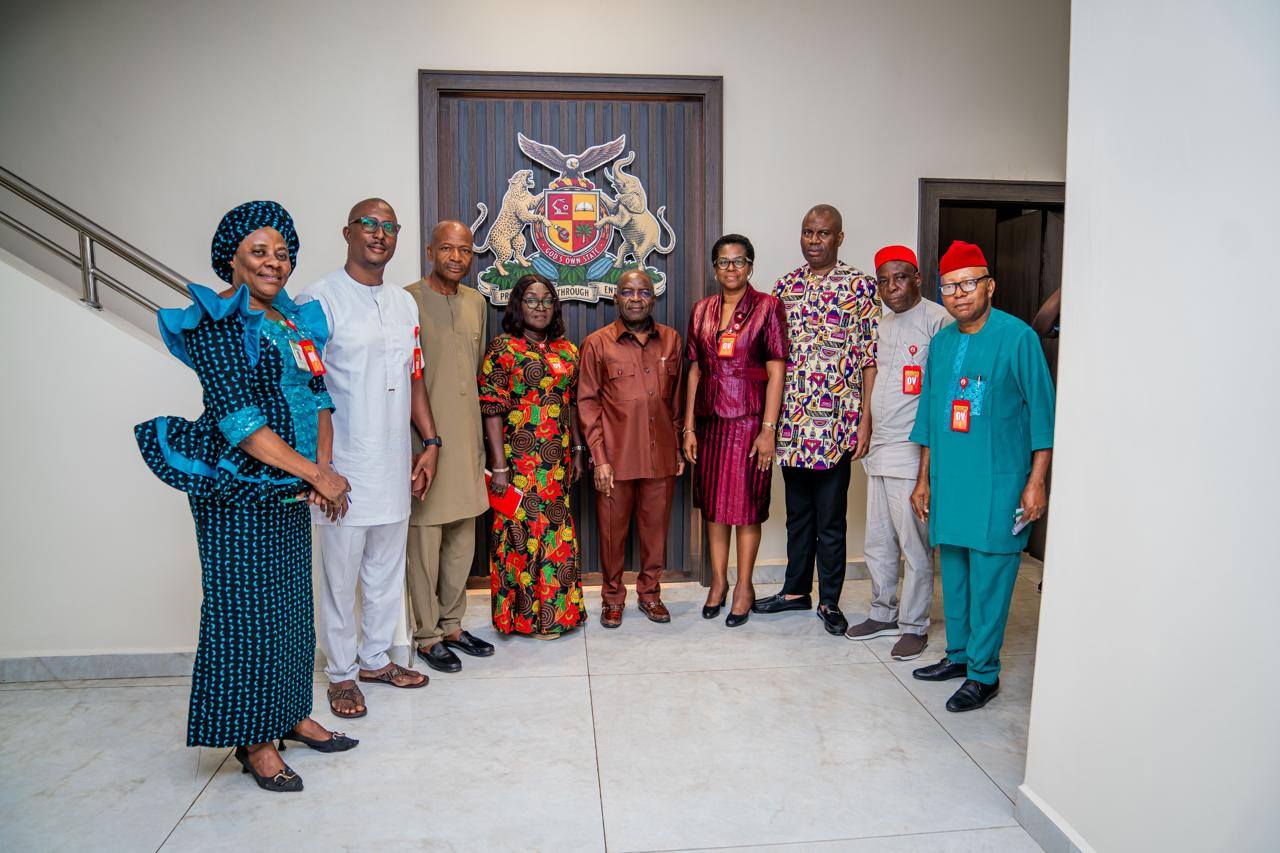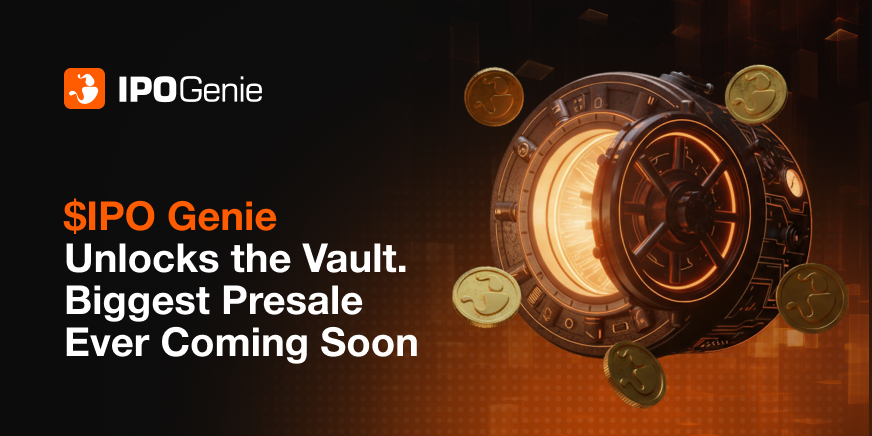The AI carnival and the first signs of fatigue
-638973024425499274.jpg&w=1536&q=95)
The AI carnival
It was one of those market days where the tape didn’t move so much as it performed. Every ticker wanted a spotlight, every CEO a microphone, and every investor a front-row seat at the “AI Carnival.” Nvidia threw $1 billion at Nokia, Microsoft renewed vows with OpenAI, PayPal slipped a ring on ChatGPT, and half of Silicon Valley seemed to spend the day announcing “partnerships.” By the closing bell, the equal-weighted S&P looked exhausted even as the market-cap index hit another all-time high — a high-wire act balanced on a narrowing string of giants.
-638973024425499274.jpg&w=1536&q=95)
Goldman’s top tech trader put words to what many felt but few said aloud: fatigue. Palpable fatigue — not the doom-and-gloom kind, but the quiet exhaustion that follows months of circular investing, where one AI name funds another that runs workloads on the first. The narrative has become recursive; the same few players spinning round a hall of mirrors, each announcement inflating the illusion that something profoundly new is happening every hour.
-638973024598511631.jpg&w=1536&q=95)
And yet, prices still rise. Nvidia alone added nearly a quarter-trillion dollars in market cap in a single session — a day’s work that could fund an entire economy. Microsoft gained eighty billion as if on reflex. The trader’s screens are glowing, but beneath the luminescence there’s a low hum of skepticism that wasn’t there a few months ago.
Goldman’s research team — usually the rational counterpoint to the desk’s adrenaline — has been exploring the question everyone dances around but no one wants to frame too bluntly: is this a bubble? Their conclusion, in essence, is “not yet.” The current AI cycle, they argue, is built on profitability, not dreams. Today’s leaders mint real cash, command balance sheets that would make 1999 blush, and face nothing like the fragile leverage of the dot-com era. By the math, they’re expensive — but not delusional.
Still, the fine print tells another story. Nearly a trillion dollars of capital expenditure is already being funneled into AI infrastructure: datacenters, chips, networks, and “factories of intelligence.” For all that spend, tangible returns remain elusive. Every CFO promises productivity gains “later this decade.” Investors nod — but the ledger doesn’t lie. The sector’s profits are real, yet the payoff from the next trillion is still theoretical.
Meanwhile, market concentration has become extreme — fifteen companies responsible for ninety percent of the S&P’s returns. That isn’t breadth; it’s gravity. It means the AI complex is now the market, and the market is now the AI complex. Every re-rating, every whisper of capex guidance, sends tremors through global portfolios from Oslo to Osaka.
The irony is that we’re living through one of the most remarkable industrial shifts in decades — and yet the market feels tired. Not bearish, not fearful, just… over-stimulated. Every headline that should inspire awe now lands with a sigh. Traders are starting to parse the difference between true innovation and circular self-promotion.
There’s a lesson in that fatigue: momentum is not the same as conviction. When deals start funding other deals, when announcements become a form of liquidity, the trade stops being about technology and starts being about reflex.
We’ve seen this movie before — railroads, Nifty Fifty, dot-coms, SPACs. Each began as revolutions, each ended as self-referential loops. The difference this time is that the core companies are actually profitable, cash-rich, and building infrastructure the world will use. That’s the reason this isn’t 1999 yet — but also why it’s so dangerous to assume it never could be.
For traders, this fatigue is a signal. It doesn’t mean “short the AI kings.” It means watch for the rotation — when capital starts to crave diversification, when hedge funds stop buying every AI dip as if it were ordained. When the marginal buyer hesitates, liquidity thins, and the story gives way to scrutiny.
Goldman’s research calls it “not a bubble.” The desk, ever more pragmatic, calls it “circular.” I’d call it self-feeding light: bright enough to blind, warm enough to draw every moth in the market closer until the air gets thin.
And maybe that’s where we are now — not at the bursting, but at the breathing pause. The carnival lights still spin, the music still plays, but you can feel traders beginning to glance toward the exits, not because they want to leave, but because they finally remember there’s a world outside the tent.





